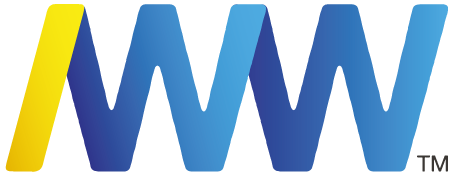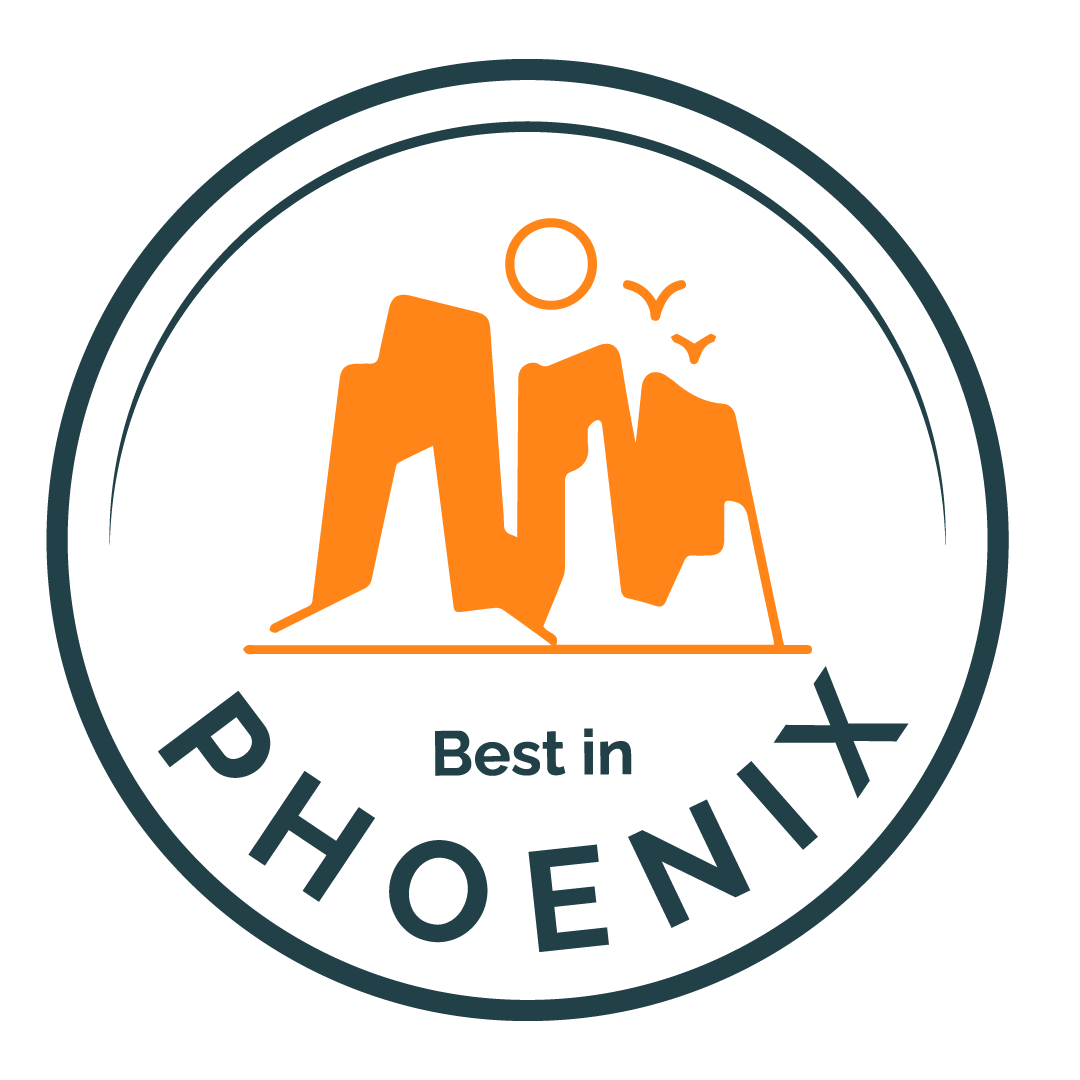Social Media
The extention of your Sales & MarketingWe are your digital marketing partner.
Our team of qualified professionals at IWW Digital Agency has been offering expertise in digital marketing
since the early 1990s. Our mission is to provide a creative, fresh approach to serving our clients in all that we offer:
SOCIAL MEDIA
There are millions of conversations happening online daily. People across all walks of life and industry are using online Social Media tools to conduct conversations. We help you tap into these conversations to harness their power to work for you and your business. Millions of people are engaging in these conversations and joining daily the popular social networking sites, such as Facebook, Twitter, LinkedIn, YouTube, Pinterest, etc. There are hundreds of social media sites depending on the type of social component they operate around.
We provide strategies to companies and individuals of how to harness the power of Social Media to accomplish their business goals. Social Media can take your online presence to the next level by generating traffic back to your website. Social Media gives you exposure to clients and prospects in a way a website cannot. Social Media is a must in developing and maintaining a successful online strategy.
We use Social Media to work in these ways:
- It boosts your online branding
- It provides a constant stream of new and returning visitors to your website
- It helps establish you as an expert in your industry
- It helps you rank higher on the search engines
- It helps you build relationships with your existing clients
- It helps you find new clients in your area and your target demographics
- We provide Social Media strategy, implementation, coaching, and training on how to use it as a powerful online tool.
We help to fill your sales pipeline
We are ready to discuss your Digital Marketing needs.
Take a moment to speak with us to see if we are a good fit for your company to grow.



